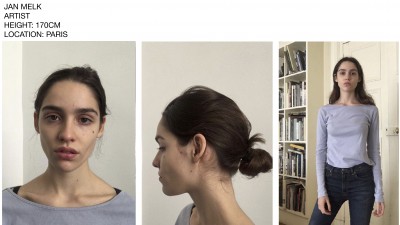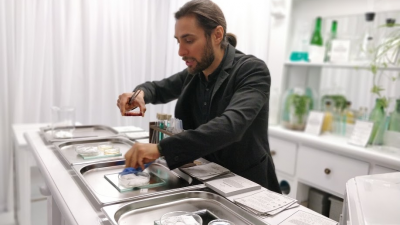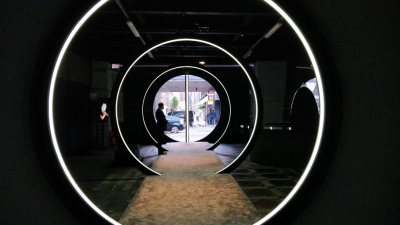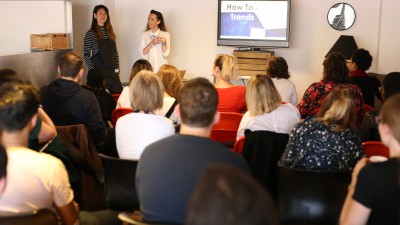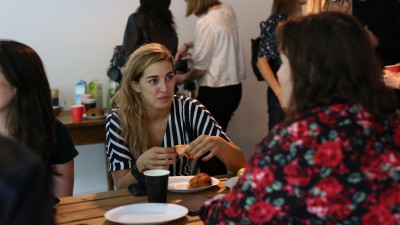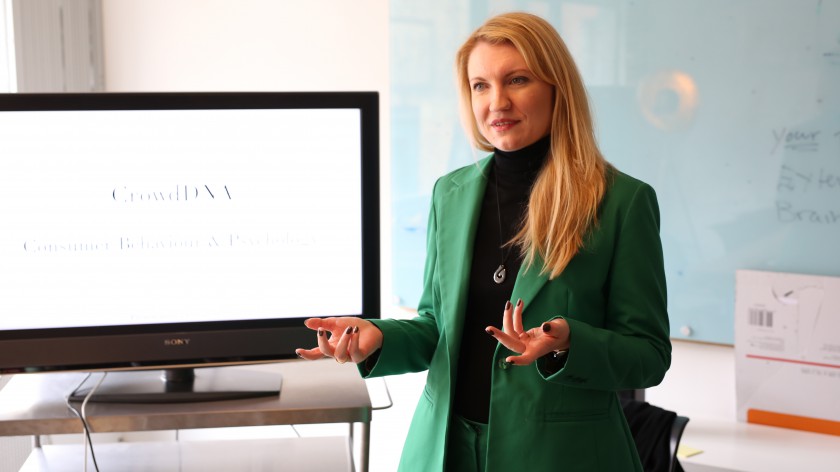We’re shaking things up at our next breakfast event, with a panel discussion exploring what cultural relevancy means for brands...
Date: June 28
Time: 8.15am-9:30am
Location: Crowd DNA, 5 Lux Building, 2-4 Hoxton Square, London, N1 6NU
We’re running what’s set to be a lively and inspiring panel session on June 28, exploring what cultural relevancy means for brands.
Our view? That cultural relevancy is a stand-out marker of brand health and of future potential, but will our panellists agree? And, if so, how exactly do you achieve the oft-debated, but ever elusive, A word: authenticity? What’s the difference between cultural relevancy and brand purpose? Assuming not all brands can become as culturally iconic as, say, Nike, what should they be aiming for instead? And how do you explain the importance of cultural relevancy to those who might consider it all just a bit too fluffy?
Join us for cultural conversation, plus the all-important coffee and croissants. To come along, please contact Pauline Rault and feel free to pass this invite on to colleagues too.
Our panellists:
Dr Matilda Andersson – managing director of Crowd DNA London, Matilda guides our team of trends specialists, researchers, strategists, designers, writers and film-makers in creating culturally charged commercial advantage for the world’s most exciting brands. Prior to Crowd DNA, she worked in senior strategy roles at the BBC and BBC Worldwide.
Marisa Brickman – commercial director at NTS Radio, Marisa is at the sharp end of forging links between brands and damn fine music culture. Before NTS, her roles included director of cultural insights at Saatchi & Saatchi, global head of brand communications at Diageo and festival director at Moogfest.
Stephen Greene – founder of convention-breaking volunteering movement RockCorps, which he describes as a pro-social marketing and entertainment company, and chairman of the National Citizen Service, Stephen is sure to bring a social cause and brand purpose angle to the debate.
Nina Manandhar – photographer, curator and author of the highly regarded ‘What We Wore’ visual record of UK street culture, Nina will offer us the creative’s perspective. Next to editorial work for the likes of i-D and Vogue, she collaborates with brands and organisations such as Nike, adidas, Tate and the British Council.
Phil Teer – former CSO at both St Luke’s and Brothers & Sisters, Phil is a strategy consultant and author. He’s masterminded culturally on-point campaigns for the likes of IKEA, Emirate Airlines and Coke. In his upcoming book, The Coming Age Of Imagination, he explores if automation and a universal basic income will lead to an explosion in creativity.
Chaired by: Andy Crysell (Crowd DNA group managing director).
Watch the video trailer below:

